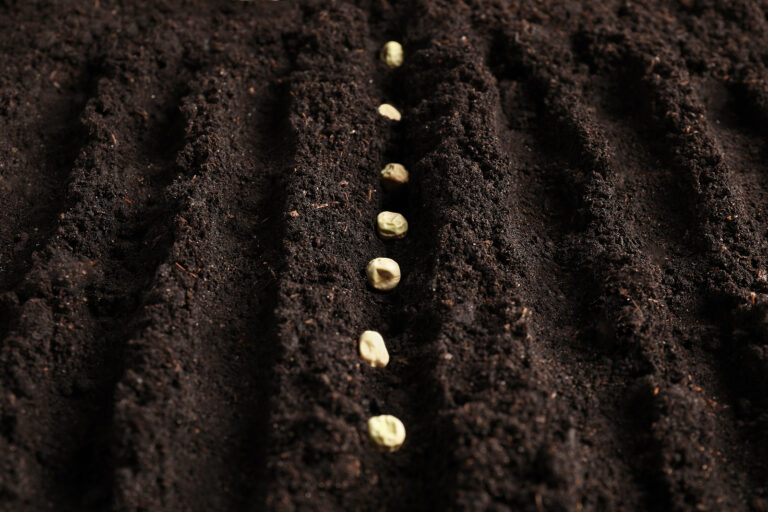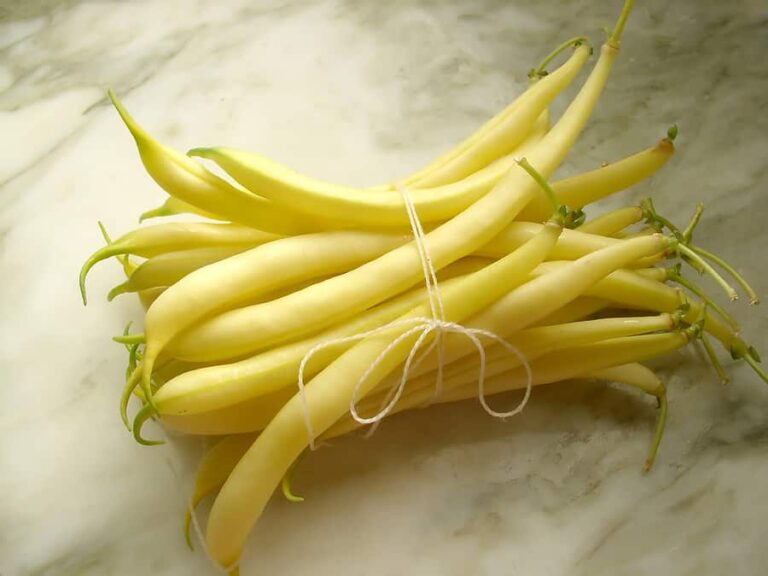How to Grow Lima Beans for Warm Climates
Lima beans, also known as butter beans, are a warm-season legume prized for their creamy texture and rich flavor. They thrive in long, hot summers and are ideal for gardeners in warm climates who want a reliable, low-maintenance crop. Growing lima beans successfully requires choosing the right varieties, providing proper soil and water conditions, and knowing when to harvest.
🌱 Choosing the Right Lima Bean Variety
There are two main types of lima beans:
- Bush varieties: Compact, grow 12–24 inches tall, and produce all pods within a short period. Examples: Henderson Bush, Thorogreen.
- Pole varieties: Climbing plants that can reach 6–8 feet and produce pods over a longer season. Examples: King of the Garden, Carolina Sieva.
Select a variety suited to your garden space and desired harvest period. Bush types are easier for small gardens or containers, while pole types are better for trellises or fences.
🌤️ Planting Lima Beans
- Soil: Well-drained, fertile soil with pH 6–7.5. Enrich with compost before planting.
- Temperature: Lima beans need warm soil (70–85°F / 21–29°C) and are frost-sensitive.
- Planting depth: Sow seeds 1–1.5 inches deep.
- Spacing: Bush beans: 12–18 inches apart; Pole beans: 6–12 inches apart, 24–36 inches between rows.
- Timing: Plant after the last frost and when soil is fully warm. In Zone 9 and warmer climates, planting can occur from late spring through early summer.
💧 Watering and Care
- Watering: Keep soil evenly moist, especially during flowering and pod development. Avoid waterlogging.
- Mulching: Helps conserve moisture, suppress weeds, and keep soil warm.
- Support: Pole varieties require trellises, cages, or stakes. Bush varieties generally do not need support.
- Fertilization: Lima beans fix their own nitrogen; a side-dressing of compost or balanced fertilizer is optional if soil is poor.
🌾 Flowering and Pod Development
- Flowers appear 4–6 weeks after planting.
- Beans set best with warm temperatures and consistent moisture.
- Avoid excessive nitrogen after flowering, as it can promote leaf growth over pods.
🫘 Harvesting Lima Beans
- Baby (immature) beans: Pick when pods are still flat, green, and tender.
- Mature beans: Harvest when pods are full and seeds are plump.
- Drying beans: Allow pods to fully mature and dry on the plant for long-term storage.
Harvest regularly to encourage continued production, especially for pole varieties.
🌿 Companion Planting and Benefits
- Companion plants: corn, cucumbers, squash, potatoes, and sunflowers.
- Lima beans improve soil fertility by fixing nitrogen, benefiting future crops.
- Avoid planting near onions or garlic, which can inhibit growth.
🌱 My Experience
In my warm Sonoma Valley garden, I plant bush Henderson lima beans for a quick summer harvest and Carolina Sieva pole beans on a trellis for a continuous crop. With well-drained soil, consistent moisture, and regular harvesting, lima beans provide tender, buttery beans from midsummer through early fall.
🗓️ Lima Bean Planting-to-Harvest Timeline
| Stage | Timing (Approx.) | Key Tasks | Notes |
|---|---|---|---|
| Soil Preparation | 2–3 weeks before planting | Loosen soil, incorporate compost, remove weeds | Well-drained soil is critical to avoid root rot |
| Sowing Seeds | After last frost, soil 70–85°F (21–29°C) | Plant seeds 1–1.5 inches deep, spaced appropriately | Bush: 12–18 in apart; Pole: 6–12 in apart, 24–36 in rows |
| Germination | 7–14 days | Keep soil consistently moist | Avoid waterlogging; seeds need warmth to sprout |
| Seedling Stage | 2–4 weeks after germination | Thin if crowded, maintain weed-free soil | Mulch to retain moisture and warmth |
| Vegetative Growth | 4–6 weeks | Monitor for pests, occasional watering | Avoid excessive nitrogen fertilizer |
| Flowering | 4–6 weeks | Plants produce small white or purple flowers | Pole varieties may require trellis support |
| Pod Formation | 6–8 weeks | Ensure even moisture, continue harvesting baby beans if desired | Excess water can reduce pod set |
| Harvest (Baby Beans) | 6–8 weeks | Pick pods while flat and tender | Frequent harvesting encourages more pods |
| Harvest (Mature Beans) | 8–10 weeks | Pick pods when seeds are plump | For dry beans, allow pods to fully mature on plant |
| Storage (Dry Beans) | Post-harvest | Shell and air-dry, store in airtight containers | Lasts up to 1 year in cool, dry conditions |
Lima Beans Learning Hub
Start here: How to Plant, Grow, and Harvest Lima Beans: A Complete Guide
Introduction to Lima Beans
- About Lima Beans: History, Botany, and How They Differ from Other Beans
- The Best Lima Bean Varieties to Grow: Bush, Pole, Baby, and Large-Seeded Types
- Lima Bean Quick Growing Tips: Fast Reference Guide for Planting Through Harvest
- How to Grow Lima Beans for Warm Climates
Planting Lima Beans
- Where to Plant Lima Beans: Best Soil, Sun, and Garden Bed Preparation Tips
- When to Plant Lima Beans: Seasonal Timing for Bush and Pole Varieties
- How to Plant and Space Lima Beans: Row, Hill, and Trellis Planting Methods
- Lima Bean Companion Plants: What to Grow (and Avoid) Nearby
- Growing Lima Beans in Containers: Best Pot Sizes, Supports, and Soil Mixes
Caring for Lima Beans
- How to Water and Fertilize Lima Beans for Vigorous Growth and High Yields
- Lima Bean Care Guide: Mulching, Weeding, Trellising, and Midseason Maintenance
- Lima Bean Pests and Diseases and Organic Controls
Harvesting, Storage, and Kitchen


